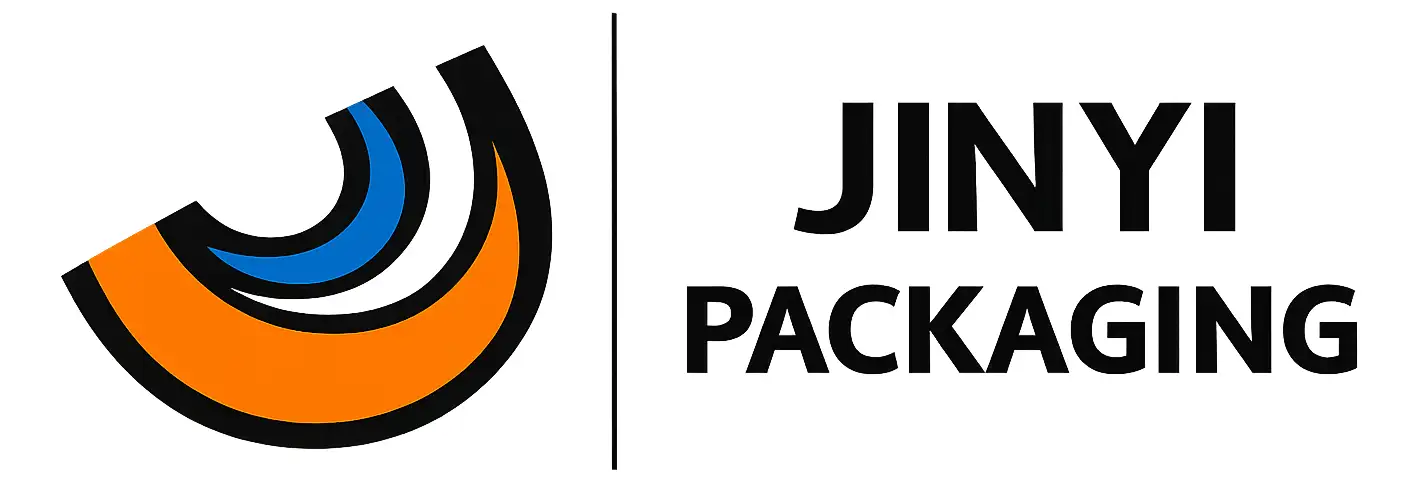Flexible Packaging: The Future of Food & Consumer Product Packaging
Home » Industry-News » Flexible Packaging: The Future of Food Preservation

Introduction: Why Flexible Packaging Is Gaining Global Momentum
In today’s fast-evolving market, where efficiency, sustainability, and consumer convenience are top priorities, flexible packaging has emerged as a game-changing solution for a wide range of industries. Whether you are packaging food, personal care products, or industrial components, flexible packaging offers unmatched versatility, cost-effectiveness, and environmental performance.
At Jinyi Packaging, we specialize in producing high-quality laminated films, food-grade pouches, and rollstock materials that meet the growing demands of the global packaging industry. As the market shifts toward more dynamic and efficient packaging methods, this article explores why flexible packaging is poised to dominate the future.
1. What Is Flexible Packaging?
Flexible packaging refers to any package or part of a package whose shape can be readily changed when filled or during use. Common forms include:
Film rolls for automated packaging machines
Stand-up pouches and flat bags
Ziplock bags, retort pouches, and vacuum bags
These are typically made from materials such as plastic films, foil, and paper—often laminated together to enhance barrier properties, strength, and aesthetics.
Flexible packaging is popular due to its low material usage, light weight, and adaptability to various printing and sealing technologies.
2. Advantages of Flexible Packaging Over Traditional Formats
✅ Lightweight and Space-Saving
Flexible packaging weighs significantly less than rigid packaging, making it easier and more economical to transport and store. It also reduces carbon emissions throughout the logistics chain.
✅ Customizable and Brand-Friendly
With advanced printing technologies, flexible packaging allows for vivid colors, custom designs, matte/gloss finishes, and windowed elements—enhancing shelf appeal and brand recognition.
✅ Extended Shelf Life
High-barrier films protect against oxygen, moisture, UV rays, and contaminants, preserving product freshness longer than many rigid containers.
✅ Cost-Efficient
Lower raw material usage, minimal secondary packaging, and optimized pallet loading reduce both direct and indirect costs for manufacturers and distributors.
✅ Consumer Convenience
Features such as resealable zippers, easy-tear notches, and spouts make flexible packaging user-friendly, especially for on-the-go lifestyles.
3. Market Trends Driving Flexible Packaging Growth
The global market for flexible packaging is projected to reach over USD 350 billion by 2032, driven by several key trends:
● Rise in E-Commerce
Online shopping demands packaging that is lightweight, durable, and tamper-evident. Flexible packaging checks all these boxes while being cheaper to ship.
● Sustainability Pressures
Governments and consumers are pushing for eco-friendly alternatives to rigid plastic and multilayer composites. Flexible packaging can be designed to be recyclable, compostable, or made from bio-based materials.
● Convenience-Oriented Lifestyles
Single-serve, ready-to-eat, and portable product formats are in high demand, especially in urban markets—favoring pouches, sachets, and small film-wrapped units.
● Smart Packaging Technologies
QR codes, freshness indicators, and NFC-enabled packaging are being integrated into flexible film layers to provide more value and traceability.
4. Applications of Flexible Packaging Across Industries
Flexible packaging is used in almost every sector:
🥡 Food & Beverage
Flexible pouches and laminated film rolls are used for snacks, coffee, sauces, frozen foods, ready meals, and dry goods.
🐶 Pet Food
Stand-up pouches with resealable zippers maintain freshness and offer convenience for pet owners.
🧴 Personal Care
Face masks, shampoo sachets, and refill pouches are increasingly adopting flexible formats.
🛒 Household Products
Laundry detergent, cleaning supplies, and toilet blocks are now often sold in flexible refill bags to reduce plastic waste.
💊 Pharmaceuticals
Blister packs, medical device wraps, and liquid medicine pouches leverage high-barrier flexible structures for protection and hygiene.
5. Flexible Packaging and Sustainability: A Perfect Match?
Contrary to misconceptions, flexible packaging can be highly sustainable when designed and used properly:
Uses less material than rigid containers
Lower energy consumption during manufacturing
More efficient transportation reduces CO₂ emissions
New technologies allow for recyclable mono-material films
Compostable and bio-based alternatives are expanding quickly
At Jinyi Packaging, we prioritize sustainable innovation. Our product range includes recyclable PE/PP mono-material pouches and laminated film rolls that comply with FDA, EU 10/2011, and GB 4806 food safety regulations.
6. How Jinyi Packaging Leads the Future of Flexible Packaging
With over a decade of experience in the packaging industry, Jinyi Packaging is equipped to meet modern demands through:
✅ Advanced Manufacturing Capabilities
Multilayer extrusion and solvent-free lamination
Gravure and digital printing for high-quality visuals
Precision slitting and pouch-making equipment
✅ Customizable Solutions
Support for small-batch and large-volume orders
Fully customizable size, structure, and surface finish
Resealable, spouted, or zipper-closure options
✅ Certified Quality and Safety
SGS testing, FDA & GB compliance, ISO 9001 quality system
Strict raw material traceability
Food-grade inks, adhesives, and barrier layers
✅ Global Export Readiness
Multilingual support and logistics coordination
Experience serving clients in the US, Europe, Southeast Asia, and the Middle East
Customized labeling and documentation for smooth customs clearance
Whether you need packaging for sauces, coffee, dried fruit, or pet treats—Jinyi Packaging can develop solutions that align with your brand’s function, aesthetics, and sustainability goals.
7. Future Outlook: Where Is Flexible Packaging Headed?
As flexible packaging continues to evolve, several trends will shape its future:
Mono-material structures for better recyclability
Digital printing for on-demand customization and personalization
Smart packaging with embedded sensors or digital ID
Bio-based and compostable films to replace fossil-based plastics
Minimalist designs to reduce ink and energy use
Governments and corporations alike are investing in circular packaging systems, where flexible packaging can be reused, collected, and reprocessed into new materials. Innovation and collaboration across the supply chain will be key.
Conclusion: Flexible Packaging Is Here to Stay
In the face of changing consumer habits, environmental urgency, and global market dynamics, flexible packaging represents a smart, sustainable, and scalable solution for modern brands.
At Jinyi Packaging, we’re not just keeping pace with the trend—we’re driving it. By offering high-quality, food-safe, and customizable flexible packaging products, we help you stay competitive and responsible in a demanding marketplace.
🌍 Ready to upgrade your packaging to a more flexible, sustainable solution?
📩 Contact us today to get a free quote or product consultation.

